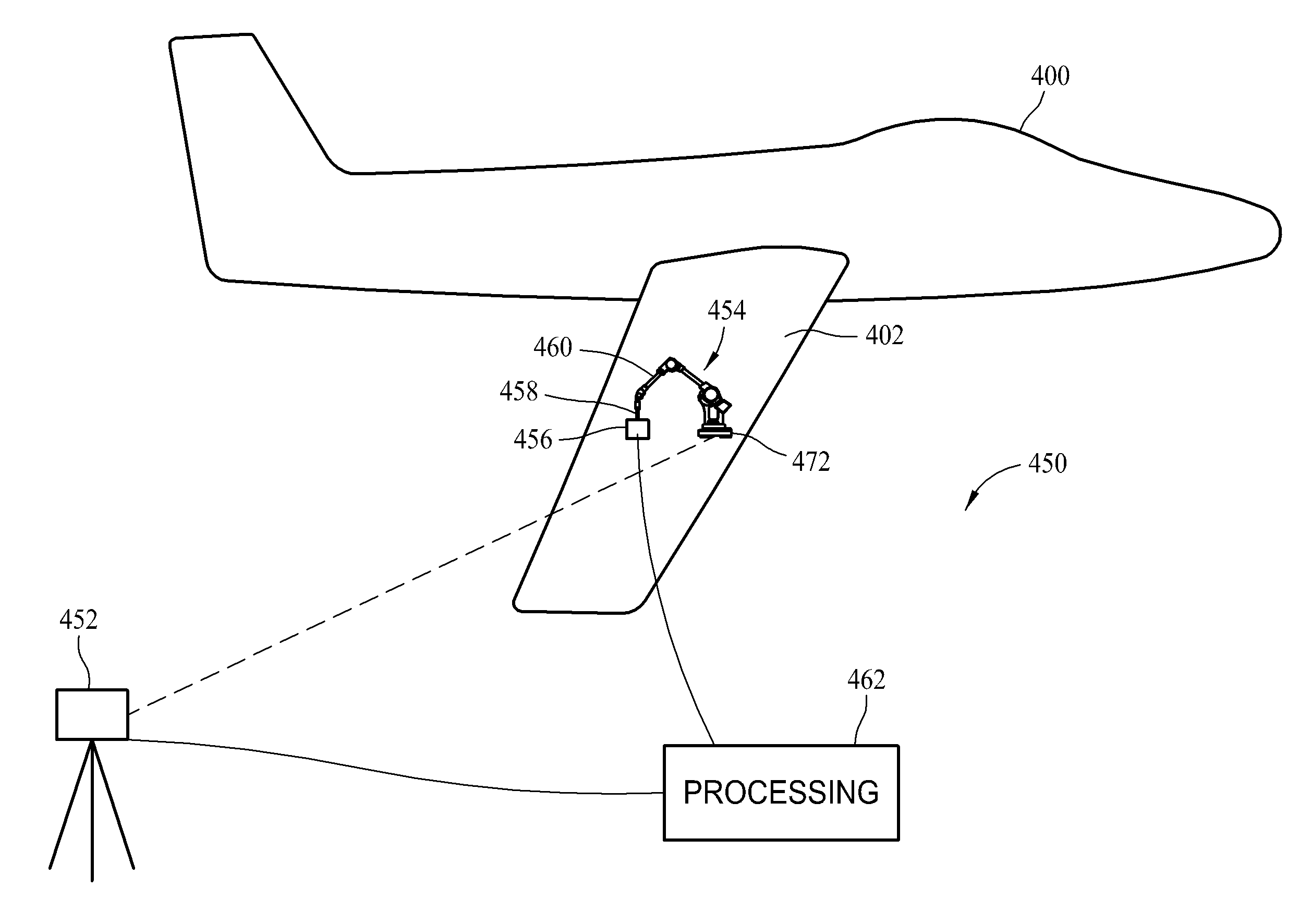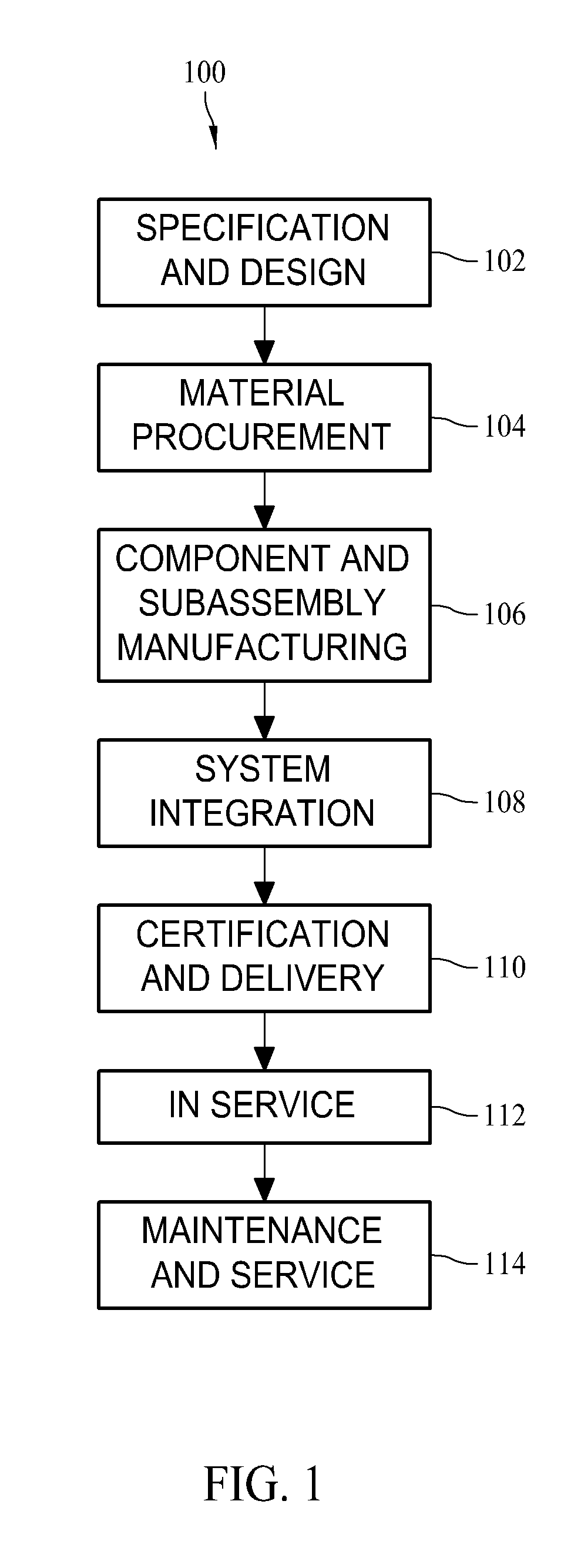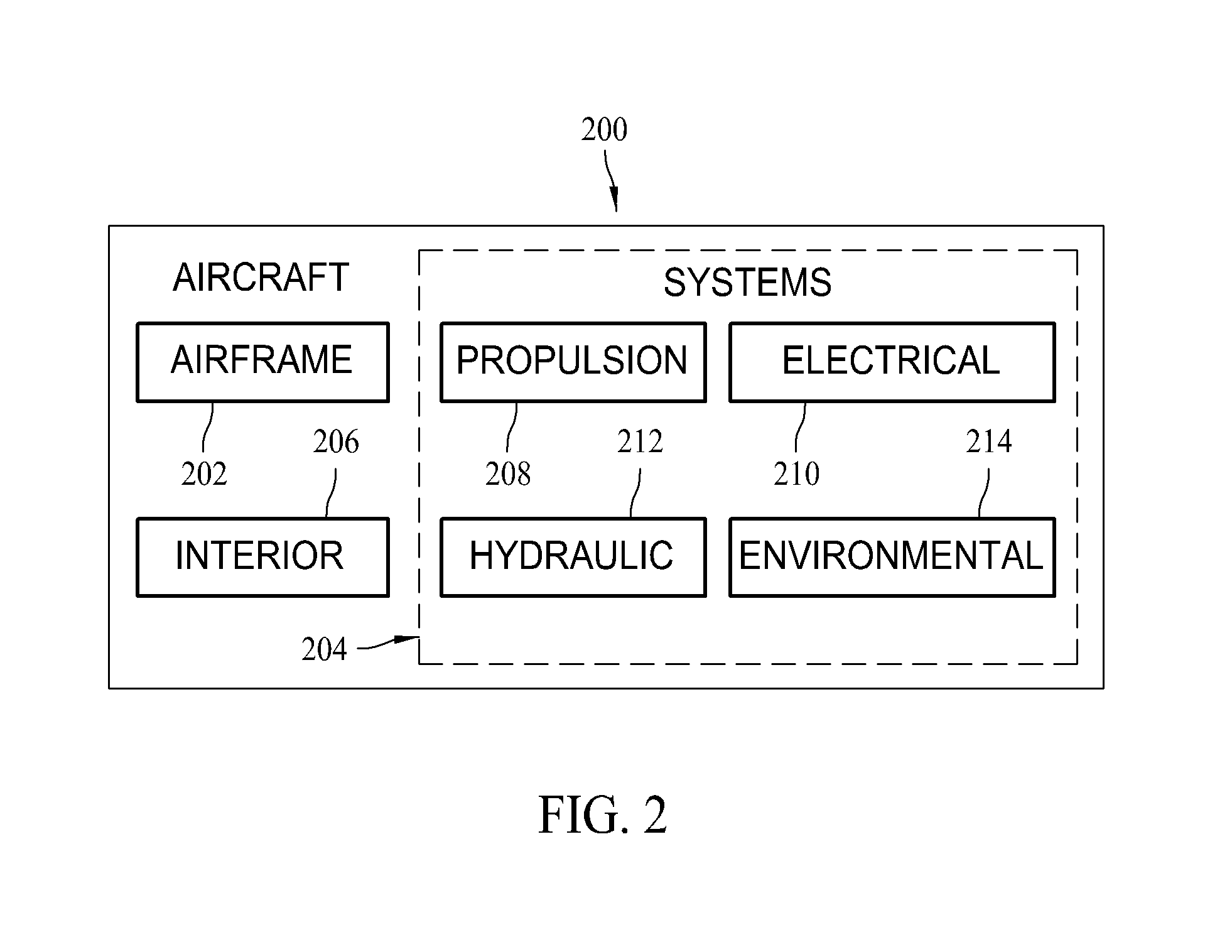Methods and systems for non-destructive composite evaluation and repair verification
a composite evaluation and repair verification technology, applied in the field of composite repair verification, can solve the problems of inability to produce the images required in many cases, inability to perform handheld scanning, and inability to perform inspections,
- Summary
- Abstract
- Description
- Claims
- Application Information
AI Technical Summary
Benefits of technology
Problems solved by technology
Method used
Image
Examples
Embodiment Construction
[0021]The described embodiments are directed to methods and systems that combine three-dimensional metrology, non-destructive evaluation (NDE) array sensor technology, a local positioning system (LPS) and a rapid attachment capability to produce a low cost, high resolution, portable, three-dimensional NDE scanning process for verification of composite repairs and validation of other structures.
[0022]The embodiments enable more efficient aircraft composite repair by making validation of the repair simpler and more cost-effective than is presently possible. In embodiments, and as described in further detail below, attachment of an articulated measurement device to the composite material to be validated, allows free-form, high resolution scanning and imaging of interior damage / defects in composites. Validation of repairs and verification of other structures is therefore provided, even for structures with highly complex shapes. As further described herein, the system uses a local positi...
PUM
 Login to View More
Login to View More Abstract
Description
Claims
Application Information
 Login to View More
Login to View More - R&D
- Intellectual Property
- Life Sciences
- Materials
- Tech Scout
- Unparalleled Data Quality
- Higher Quality Content
- 60% Fewer Hallucinations
Browse by: Latest US Patents, China's latest patents, Technical Efficacy Thesaurus, Application Domain, Technology Topic, Popular Technical Reports.
© 2025 PatSnap. All rights reserved.Legal|Privacy policy|Modern Slavery Act Transparency Statement|Sitemap|About US| Contact US: help@patsnap.com



